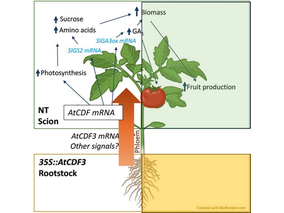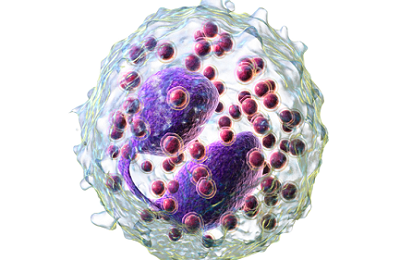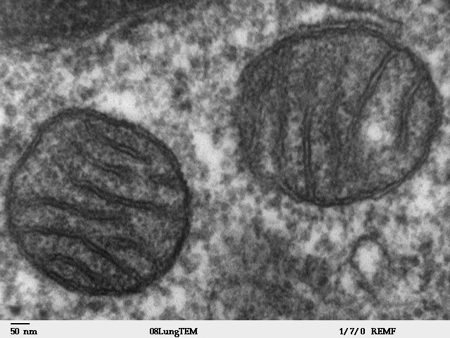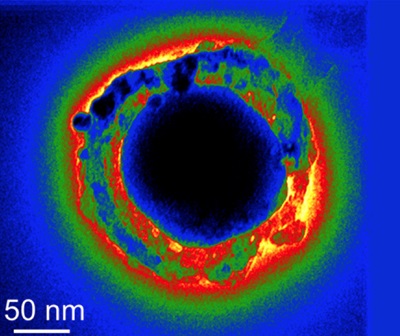Nano- and micromotors, man-made devices with huge potential in biomedical situations – as drug delivery systems, for example – have typically focused on catalytic motors to propel them through their surroundings.
However, this involves using chemical components, which has drawbacks; the most widely used fuel, hydrogen peroxide, is biotoxic.
The Smart nano-bio devices group at IBEC has been researching more bio-friendly fuels to power their nanomotors, such as glucose or urea; but these options restrict the lifespan of the motors, because of the sustained fuel consumption required.
“An elegant way to propel nanomotors would be using external stimuli such as ultrasound, or magnetic or electric fields,” says ICREA research professor and group leader Samuel Sanchez. With this in mind, the collaborators developed nanocap-shaped nanomotors made of gold and titanium dioxide of about 175 nm in diameter that exhibit active Brownian motion when illuminated by an LCD light.
“This is a leap ahead, as studies experimenting with light so far have only achieved movement using non- biocompatible sources, such as UV light,” adds Samuel.
The new discovery will provide alternative routes to power nanoarchitectures without the need of chemical fuels, and may result in entirely new applications for externally powered micro- and nanomotors.
—
Article citation: Xu Wang, Varun Sridhar, Surong Guo, Nahid Talebi, Albert Miguel López, Kersten Hahn, Peter A. van Aken, Samuel Sanchez (2018). Fuel-free nanocap-like motors actuated under visible light Adv.Funct.Mat, epub ahead of print (DOI: 10.1002/adfm.201705862)
Image: energy-filtered TEM image of a single Au/TiO2 nanocap.

The research team observed changes in head circumf...

AtCDF3 gene induced greater production of sugars a...

Un estudio con datos de los últimos 35 años, ind...

En nuestro post hablamos sobre este interesante tipo de célula del...

Research led by IIBB-CSIC and CIBEREHD scientists identifies S-adenosy...
Biotechnology portal in Spain
Subscribe to our newsletter and stay up to date with the latest news and deals!
2013 © Biotech-Spain.com - Site Developments SL. All Rights Reserved. Terms of Service | Privacy Policy
Articles
Directory
